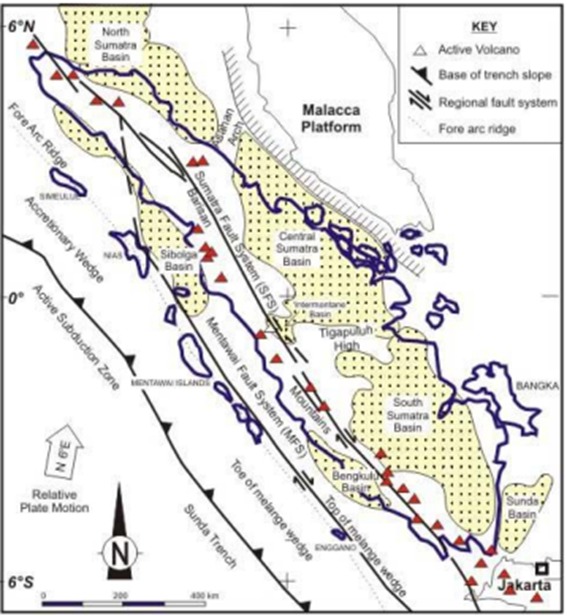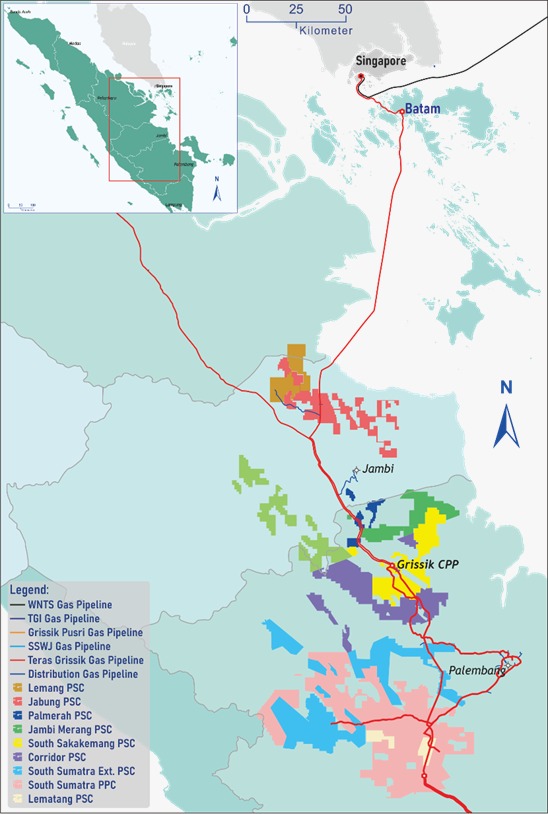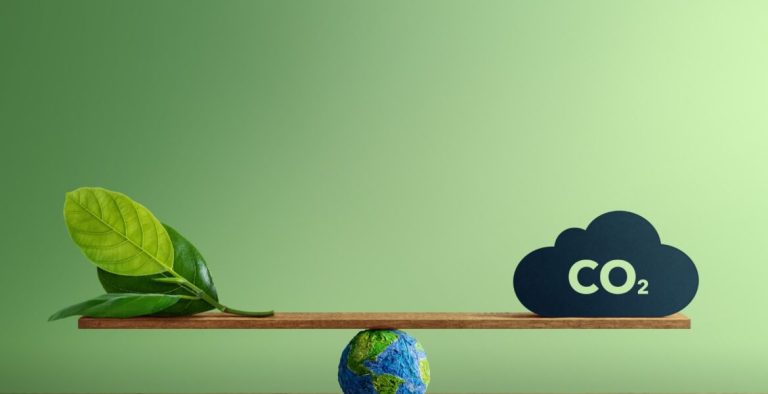South Sumatra has been recognized as one of Indonesia’s primary energy sources, particularly in oil and natural gas production. The region significantly contributes to fulfilling both domestic energy needs and exports, primarily to Singapore, making it a crucial pillar of national and regional energy security. However, the Indonesian Gas User Industry Forum (FIPGB) has revealed that several domestic industries are already facing a gas supply shortage. This indicates a deficit in gas supply, especially for industrial purposes. In response to this situation, the SKK Migas (Special Task Force for Upstream Oil and Gas Business Activities) has announced plans to redirect some of South Sumatra’s gas exports to Singapore to meet domestic demands. This situation raises important questions: what is happening with the gas supply in South Sumatra? How reliable is the supply from geological and infrastructural perspectives? And will the dependence of other regions on the supply from South Sumatra negatively affect Indonesia’s overall domestic gas needs? This article will provide an overview of the gas supply conditions in South Sumatra and their accompanying impacts.
Geologically, South Sumatra is situated above the South Sumatra Basin, a vast and hydrocarbon-rich Tertiary sedimentary basin. This basin formed through a series of complex tectonic processes, including extension and compression, which resulted in various geological structures with the potential to trap oil and gas. The formations known to contain oil and gas reserves include the Talang Akar Formation, the Baturaja Formation, and the Gumai Formation. Interestingly, between 2022 and 2024, several new oil and gas reserves were successfully discovered in the basement formation. One successful exploration in the fractured basement play was the discovery in the Sakakemang Block in 2019. This demonstrates that the gas potential in South Sumatra originates not only from Tertiary formations but also from the basement. On the other hand, this discovery could indicate that the gas sources from South Sumatra are showing signs of aging, reflected in the increasing depth of gas reservoir targets. Although not the sole indicator, the natural production decline occurring in several fields in Sumatra can reinforce this argument.

Aside from the geological aspect, South Sumatra also possesses an established gas infrastructure. Gas resources from the fields in this region have been successfully distributed widely to cover domestic gas needs, not only in South Sumatra itself but also in Central Sumatra via the TGI Duri pipeline, in West Java via the SSWJ I and II pipelines, in Batam via the TGI Grissik-Batam pipeline, and for export to Singapore via the TGI Grissik-Singapore pipeline. The reliability of this transmission pipeline network makes South Sumatra a major supporter of national energy security. However, the pipeline infrastructure, developed in line with gas production in South Sumatra, is also showing signs of aging due to decades of operation. This can increase the risk of leaks or disruptions that could affect gas supply reliability. Furthermore, the limited reach of the pipeline network also impacts supply reliability, as some gas-demanding areas are not yet connected to adequate infrastructure.

The continuous decline in gas supply and the aging infrastructure can worsen the gas supply conditions in South Sumatra. The current situation is reflected in pipelines operating below their designated capacity. If the volume of gas produced continues to decrease, the existing transmission and distribution pipeline network will operate below its design capacity. This will increase the operational cost per unit of gas and reduce the economic efficiency of the existing infrastructure. Moreover, the decline in supply, exacerbated by inadequate infrastructure, will further complicate the fulfilment of the continuously increasing domestic gas demand, thereby increasing the potential for energy crises and economic disruptions. In addition to worsening domestic supply conditions, the decrease in gas volume in South Sumatra also affects the reliability of Indonesia’s gas exports. The declining gas volume in South Sumatra will impact Indonesia’s commitments, particularly those of South Sumatra, making gas exports increasingly difficult.
The declining gas supply from South Sumatra and the aging and uneven gas infrastructure creates a dangerous negative cycle. The decrease in supply reduces the incentives for infrastructure maintenance and development, while poor infrastructure exacerbates the impact of the supply decline on the ability to meet domestic and export demand. Overcoming these challenges requires comprehensive actions including increasing exploration and production, modernizing and expanding gas infrastructure, and implementing policies that support investment and efficiency throughout the gas value chain. If not addressed seriously, the trend of declining supply and inadequate infrastructure will increasingly threaten national energy security and Indonesia’s potential as a key player in the regional and global gas markets.




